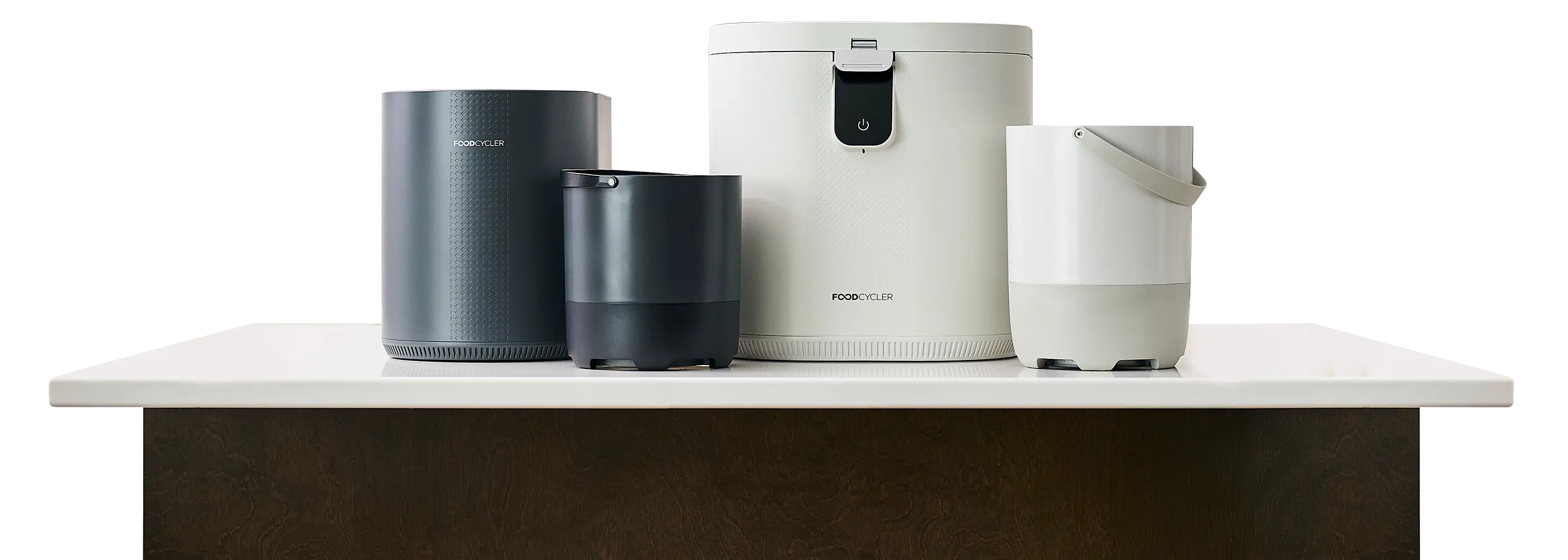What’s the Problem?
Carbon Emissions of the FoodCycler
Kilograms of CO2e

Clean Kitchen Counter Top
Hassle-Free Alternative to Composting
Odourless By-Product
Starve the Landfill
Save Trips to the Trash

Clean Kitchen Counter Top
Hassle-Free Alternative to Composting
Odourless By-Product
Starve the Landfill
Save Trips to the Trash